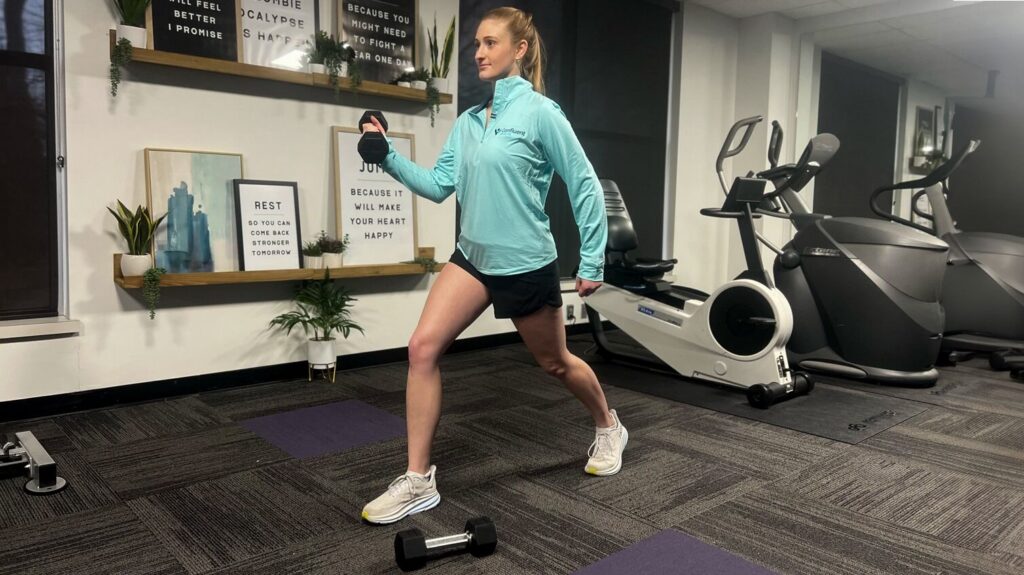So often, our patients feel alone, awkward, ashamed, and embarrassed when they come to us seeking treatment for urinary incontinence. But it doesn’t have to be that way – for most people, it’s totally treatable and manageable, and you’re certainly not alone in it.
According to the National Association for Continence, more than 25 million people in the USA experience bladder leakage every day. And it’s not just limited to women who’ve had children. Though women are twice as likely to have incontinence issues as men, it affects both genders and all ages. Shockingly, though there are high success rates associated with treatment, only 1 in 12 people with incontinence seeks help.
What is urinary incontinence, and why does it happen?
Let’s start with a little anatomy. You have pelvic floor muscles that attach to the bottom of your pelvic bones and run front to back, forming a hammock-like structure that supports and stabilizes pelvic bones and organs. When functioning properly, these muscles contract and release to allow you to use the bathroom when you want to. When these muscles fail to work properly for any reason, they can cause unintentional, undesired leaking, also known as incontinence.
There are a few different types of urinary incontinence, though there are two that we treat most commonly:
- Stress incontinence. Those with stress incontinence can leak urine during any sort of movement, from exercise or physical activity to simply laughing, sneezing, or coughing. Stress incontinence occurs when the pelvic floor muscles have become uncoordinated, weak, or even overactive. Often times, this muscle dysfunction is the result of pregnancy or childbirth, inflammation, an injury or trauma (i.e. pelvic fracture), age, or even a lack of regular exercise.
- Urge incontinence. People with urge incontinence experience a sudden, strong need to “go,” and often leak before they’re able to reach the bathroom. Similar to stress incontinence, patients with urge incontinence can often lack control over their pelvic floor muscles as a result of weakness. But it can also be a result of muscle tightness or spasms that contribute to uncontrolled bladder contractions. Urge incontinence can also be a result of anxiety, smoking, poor bladder habits, or consumption of foods that inflame the bladder lining, like caffeine and sugar.
Some patients may experience both stress and urge incontinence.
I have incontinence. What will my PT do at my initial evaluation?
First, a physical therapist, who has been expertly trained in treating incontinence and other pelvic health dysfunctions, will identify the causes of your urinary incontinence and will ask you to describe your symptoms, your day-to-day experiences, and any behaviors that may make the symptoms worse. They’ll assess your pelvic floor, hip, and low back muscles for coordination, strength, and flexibility. Your physical therapy may also send you home with a bladder diary to keep track of behavioral factors that are also contributing to your symptoms.
What will my treatment plan look like?
That depends based on the findings of your initial evaluation – it isn’t one size fits all. Your physical therapist will create a specialized treatment program that takes into account your specific strengths, weaknesses, and goals.
Your treatment plan will include exercises designed to help you contract and release your pelvic floor muscles, strengthening them and retraining them and, in turn, helping you better control your bladder. Your PT may also give you dietary tips to help you avoid food and drinks that may irritate the bladder.
Ready to regain control?
We’re here to help! Click here to meet our Pelvic Health specialists, or here to schedule an appointment today.


